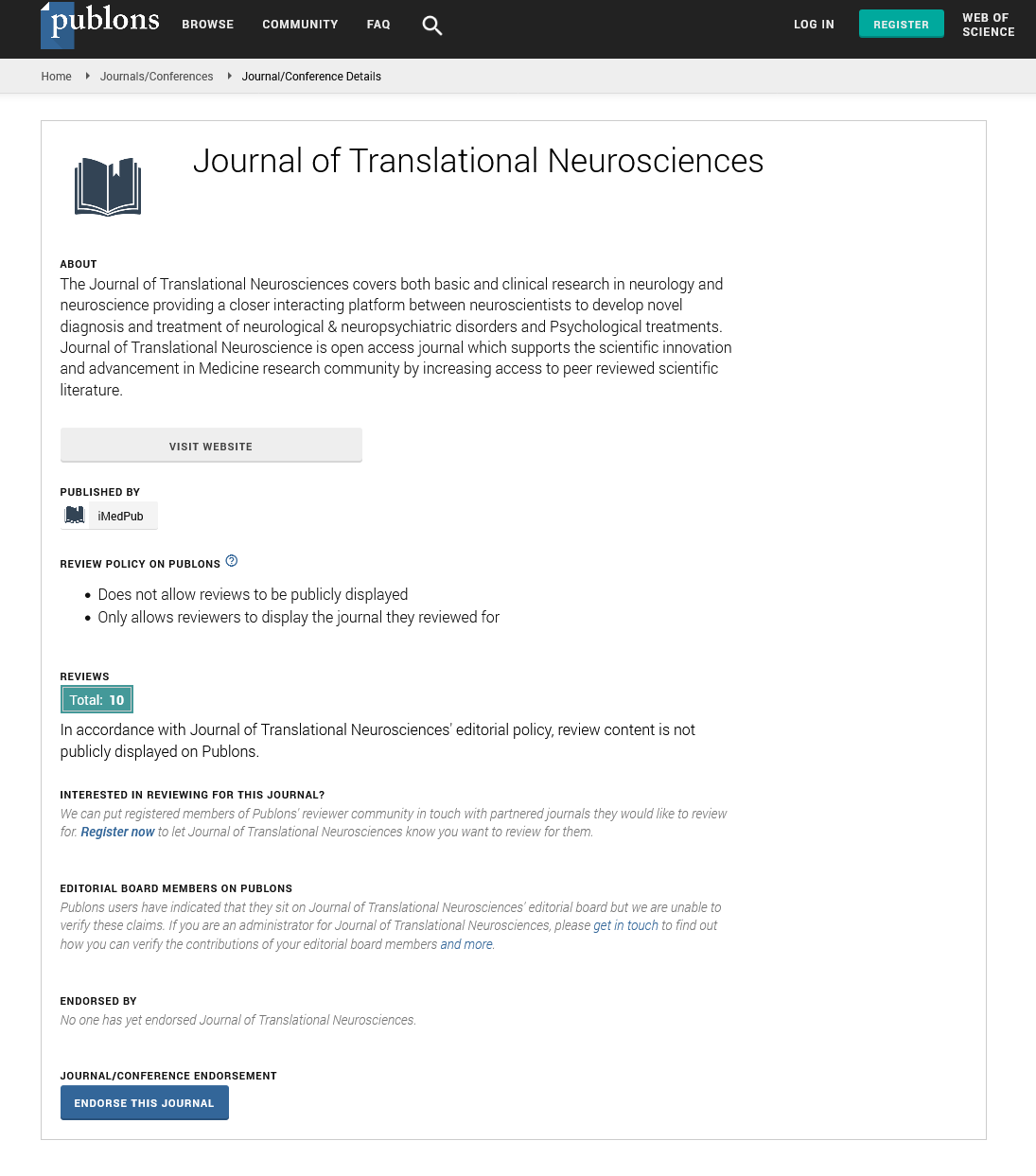Abstract
Spinal infections
Spinal infection encompasses a broad range of clinical entities and accounts for approximately 2% to 7% of all cases of osteomyelitis. Primarily, it is a disease of adults affecting predominantly those in their fifth decade of life. The age-adjusted incidence increases with every decade thereafter. The overall incidence of pyogenic spinal infection is on the increase. The diagnosis of spinal infection in elderly patients is frequently delayed due to the predominance of degenerative spine disease. Spinal infection should be suspected especially in patients with increased back pain, fever and development of neurological deficit. The incidence of neurological affection increases with age even if in absence of compressing intraspinal pathologies. Unifocal infection is the most common form, but the multifocal affection of the spine is not uncommon form (11.3%) which could be excluded with routine use of the whole spine MRI. It is also the gold standard imaging modality in cases of epidural and psoas abscesses. However, the inflammatory parameters are non-specific for infection they are important in the workup in cases of spinal infections. C-reactive protein is the most valuable parameter in predicting the ability to isolate a causative organism in most of cases. Spinal infection is mostly caused by one organism, but in diabetic patients and those with bed sores polymicrobial affection should be considered. In the past, tuberculosis presented the major cause of spinal infections but nowadays they are mostly bacterial (pyogenic). Fungal spinal infection is very rare and represented 1.6% of all cases in this study. The ability to identify a causative organism increased over the years of the study to 79.5%. The reason may be mostly due to the introduction of new media to isolate specific organisms and increased orientation to the microbiological aspects of spinal infections. Staph. aureus remains the main causative organism of spondylodiscitis over the years of the study and also in all age groups. With growing numbers of multimorbid immunocompromised elderly patients, the gram negative bacteria caused-spondylodiscitis has increased which is very rare in patients younger than 50 years. The key stone in the diagnosis and treatment of cases of spinal infections is the identification of the causative organism from the site of infection but also the histopathological tissue examination is complementary in distinguishing pyogenic from granulomatous diseases and is mandatory in cases with negative microbiological cultures and if tumorous lesions are suspected.
Author(s):
Ali Ezzati
Abstract | PDF
Share this

Google scholar citation report
Citations : 46
Journal of Translational Neurosciences received 46 citations as per google scholar report
Journal of Translational Neurosciences peer review process verified at publons
Abstracted/Indexed in
- Google Scholar
- JournalTOCs
- China National Knowledge Infrastructure (CNKI)
- Publons
- Secret Search Engine Labs
- Euro Pub
Open Access Journals
- Aquaculture & Veterinary Science
- Chemistry & Chemical Sciences
- Clinical Sciences
- Engineering
- General Science
- Genetics & Molecular Biology
- Health Care & Nursing
- Immunology & Microbiology
- Materials Science
- Mathematics & Physics
- Medical Sciences
- Neurology & Psychiatry
- Oncology & Cancer Science
- Pharmaceutical Sciences


